The Gypsum herb with its small white flowers is also under the name Gypsophila known. It is often used by gardeners and florists to loosen up large bouquets. What is less well known is that gypsum herb is also used as a medicinal product in herbal medicine.
Occurrence and cultivation of gypsum herb

Effect & application
Rispige gypsophila or gypsophila is cultivated as an ornamental plant. However, it can only thrive in a dry location. It needs a lot of sun and prefers sandy, nutrient-poor soils. You should avoid adding compost.Rispige gipskraut is often combined as a companion plant to large-flowered perennials in the bed and gives the garden a delicate, slightly old-fashioned charm.
Gypsophila is also often used in bouquets to provide flowers with larger blooms with a delicate background. Classics are, for example, containers made of red roses or ornamental asparagus coordinated with gypsophila. The plant is often used as a flower decoration at weddings. On the one hand, the herb with the white flowers harmonizes perfectly with a bridal veil. On the other hand, the plant is symbolic of devotion.
The creeping gypsophila (Gypsophila repens) can also be cultivated in the garden. However, the soil must be sufficiently calcareous. The alpine plant likes to settle in stone joints and on wall crowns. It can also serve well as a ground cover. That is why it is also known by gardeners as the carpet's gypsophila. Traditionally, the beet-like roots of gypsum herb have been collected and dried because of their soap-like components.
By boiling the white root for about ten minutes, a lye can be made that can be diluted with water if necessary. Because the resulting natural detergent is particularly gentle, it is also used industrially to clean fur and leather goods. The dried roots are also brewed with water to make tea. This is usually drunk two to three times a day in the event of a cough or bronchitis. Some expectorant preparations available in pharmacies also contain extracts from gypsophila root.
Importance for health, treatment & prevention
The active ingredients in all applications are the saponins and phytosterols contained in the roots of the gypsum herb. Saponins owe their name to the fact that when combined with water they form a soap-like foam. Due to its high content of saponins, the root of the gypsum herb can be boiled and used as a detergent. The saponins also have an expectorant effect when taken orally. Tea made from dried gypsum herb root can therefore have a soothing effect on dry coughs, but on the other hand it can also promote expectoration in the case of bronchitis.
As a precaution, a daily dose of 30 to 150 mg dried roots should not be exceeded. So far, no side effects of gypsum herb are known when it is consumed in these small amounts. There are also no known interactions with other drugs. During pregnancy and breastfeeding, it is advisable not to take preparations from the pharmacy that contain gypsum herb or its roots, or to drink gypsum herb tea, unless under medical supervision.
This is to be seen as a precautionary measure, because no studies are yet available on the safety of this medicinal herb in pregnancy. It is known, however, that ingesting too large an amount of the dried gypsum herb roots can have side effects. On the one hand, it can lead to stomach pain, diarrhea and bladder irritation can also result. A rarer, but also documented, side effect is dizziness.
In folk medicine, the gypsum herb is also said to have other effects, but most of them have not yet been sufficiently proven. For example, it should have a diuretic effect. The herb is also said to have a spermicidal effect. Gypsum herb is also said to help drive away pests. The phytosterols contained in gypsum herb may help lower cholesterol levels. However, whether orally ingested phytosterols can actually do this is controversial. Different studies have come to very different conclusions on this issue.

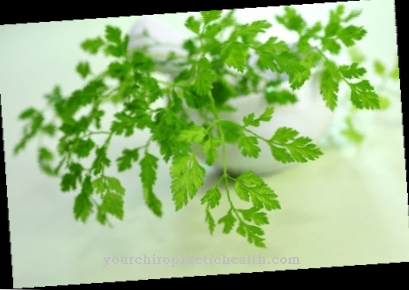
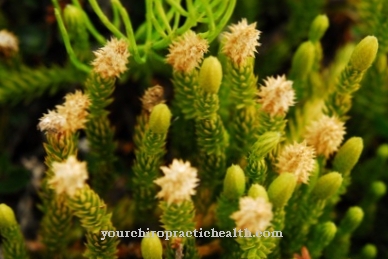
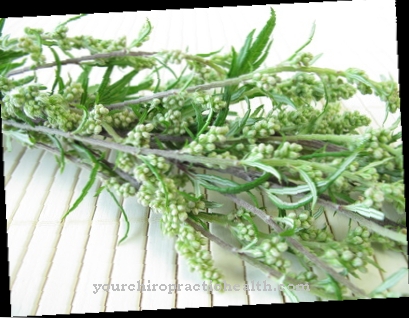

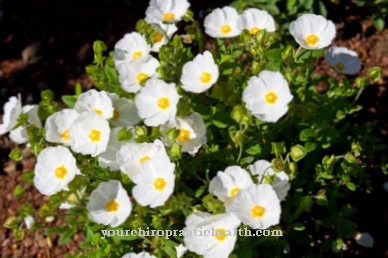
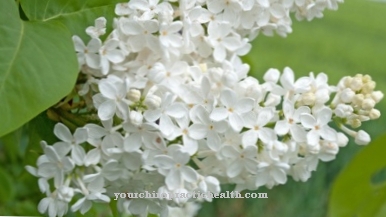






.jpg)

.jpg)
.jpg)











.jpg)